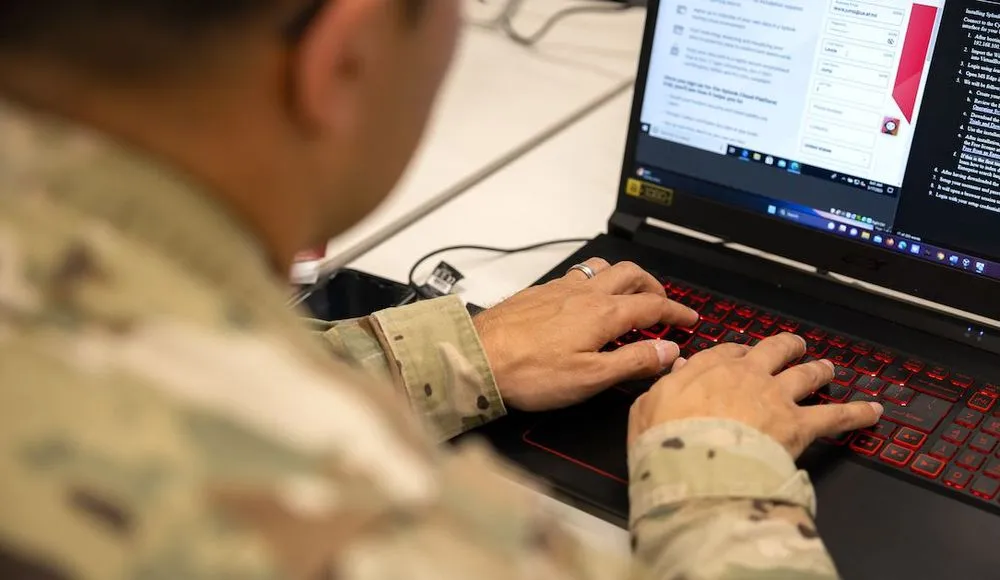'Real-world experience' informs new Pentagon cyber strategy
The Defense Department’s latest cyber strategy reflects lessons learned from the conflict in Ukraine and builds on the “Defend Forward” policy established in the previous 2018 version, according to a summary released on Friday.
The new strategy “is grounded in real-world experience,” according to a DoD fact sheet. The department said it shared a classified version of the full document with lawmakers this week and plans to release an unclassified version to the public this summer.
“Since 2018, the Department has conducted a number of significant cyberspace operations through its policy of defending forward, actively disrupting malicious cyber activity before it can affect the U.S. Homeland,” it states. “This strategy is further informed by Russia’s 2022 invasion of Ukraine, which has demonstrated how cyber capabilities may be used in large-scale conventional conflict.”
The blueprint issued five years ago moved the Pentagon away from what had been a mostly responsive footing to a strategy of “Defend Forward” meant to counter adversary behavior as close to the source as possible.
U.S. Cyber Command, the military’s top digital warfighting organization, executes that through a doctrine of “persistent engagement,” where American operators constantly interact with adversaries in cyberspace.
Speaking to reporters earlier this month, outgoing Cyber Command and National Security Agency chief Gen. Paul Nakasone said the forthcoming strategy wouldn’t be “dramatically different” from the 2018 document.
“There was a huge inflection point in 2018 with the Defend Forward. I don't see, necessarily, a huge change in the strategy coming out,” he said. President Joe Biden has tapped Air Force Lt. Gen. Timothy Haugh to replace Nakasone, who is expected to retire this year.
In addition to listing the top digital threats — China, Russia, North Korea and Iran — the fact sheet states the department “will pursue four complementary lines of effort” to combat them, and others, in cyberspace.
The first will be to defend the country by conducting campaigns “in and through cyberspace to generate insights about malicious cyber actors, as well as defend forward to disrupt and degrade these actors’ capabilities and supporting ecosystems.”
The department will support allies “in building their cyber capacity and capabilities” and “expand avenues” for cooperation, including through Cyber Command’s “hunt forward” missions.
The Pentagon will also “invest” in its own information networks and systems, as well as its digital operators, according to the fact sheet.
“With a robust and integrated cyber capability, the Department will work to deter conflict where it can and prevail where it must.”
Martin Matishak
is the senior cybersecurity reporter for The Record. Prior to joining Recorded Future News in 2021, he spent more than five years at Politico, where he covered digital and national security developments across Capitol Hill, the Pentagon and the U.S. intelligence community. He previously was a reporter at The Hill, National Journal Group and Inside Washington Publishers.



